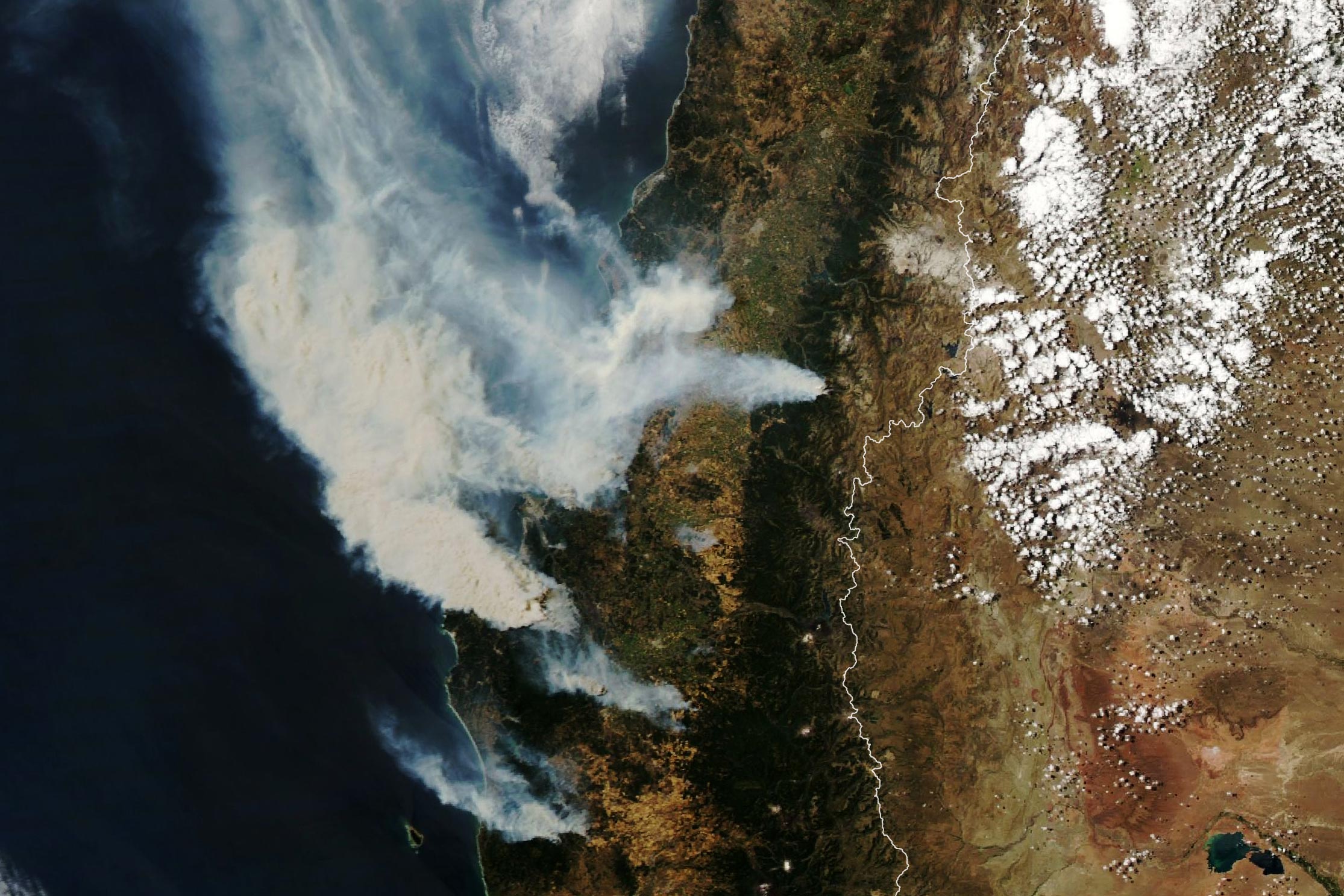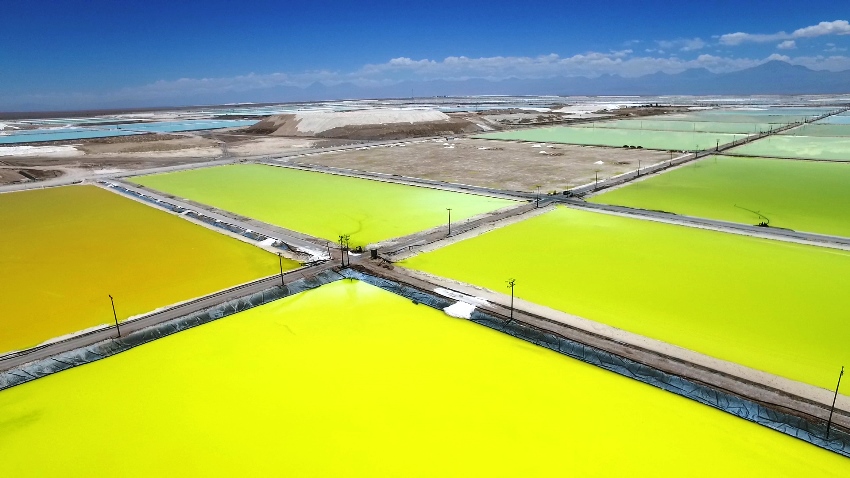El satélite Aqua de la NASA adquirió esta imagen de los incendios el 3 de febrero de 2023, utilizando el instrumento Espectrorradiómetro de Imágenes de Resolución Moderada (MODIS).
Vientos cálidos y secos están avivando las llamas de los incendios generalizados en Chile.
Impulsado por una ola de calor de verano y fuertes vientos, un incendio generalizado ha estado arrasando el centro-sur de Chile desde el 2 de febrero de 2023. En el transcurso de varios días, el incendio mortal ha destruido más de 1,000 hogares y se ha extendido por todo el continente. más de 294.000 hectáreas (1,100 millas cuadradas).
El presidente Gabriel Boric emitió una declaratoria de emergencia para la región del Biobío y la vecina Ñuble el 3 de febrero, el mismo día que el Espectrorradiómetro de Imágenes de Resolución Moderada (MODIS) el[{” attribute=””>NASA’s Aqua satellite acquired this image (above) of the fires. Smoke from the fires can be seen billowing from Santa Juana, south of Concepción, out to the Pacific Ocean.

This false-color image acquired by Landsat 8’s Operational Land Imager (OLI) on February 3, 2023, provides a more detailed view of the fires near Santa Juana.
A more detailed view of the fires near Santa Juana can be seen in this false-color image acquired on the same day by the Operational Land Imager (OLI) on Landsat 8. This false-color image combines shortwave infrared, near-infrared, and visible light (OLI bands 6-5-3) to make it easier to identify the unburned vegetated areas (green) and the recently burned landscapes (brown). Active fires are shown in red.
The Biobío and Araucanía regions have been the hardest hit by fires in terms of affected area, where collectively more than 200,000 hectares have burned. According to Chile’s National Forestry Corporation, the country’s total burned area so far this summer—294,000 hectares as of February 7—is seven times more than the five-year average. The worst fire on record (which goes back to 1985) was in 2017, when 570,000 hectares burned.
Air temperatures in Chile’s hard hit regions have exceeded 104 degrees Fahrenheit (40° Celsius). Meanwhile, warm easterly winds blown from Argentina down the slopes of the Andes, also known as “Puelche winds,” contributed to the rapid spread of the fires.
Chile is in the midst of a drought, which has lowered reservoirs and caused tensions over water. According to the World Meteorological Organization, the 13-year megadrought in central Chile is the longest in at least 1,000 years.
NASA Earth Observatory images by Lauren Dauphin and Allison Nussbaum, using Landsat data from the U.S. Geological Survey and MODIS data from NASA EOSDIS LANCE and GIBS/Worldview. Story by Emily Cassidy with input from René Garreaud, University of Chile.

“Escritor. Ninja de la música. Experto en comida extrema. Especialista en redes sociales. Defensor de Twitter”.







